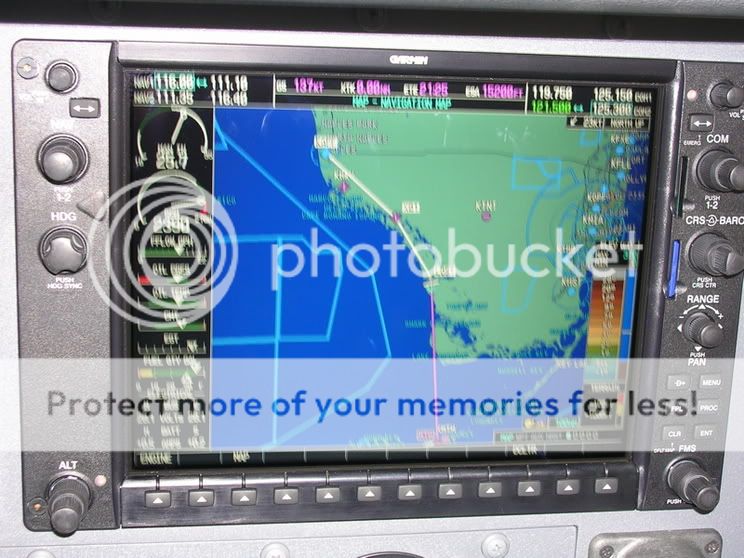I returned to flying in round gauges. I took my 709 ride in round gauges. But, we did not have a glass panel yet.
When I started in instruments, I began in round gauges then transitioned to glass panel. The IR checkride was in glass panel.
However, with exception of the first five hours or so to complete cross country requirements, my commercial training was in a 182RG. For the Cessna Pilot Centers who stick strictly with Cessna, you're not going to get a glass panel with retractable gear (Well, now you could but getting your commercial in a Mustang is getting a bit ahead although it would make for an interesting checkride during maneuvers). So, you will likely fly an older retract which will have round gauges. Consequently, most schools have a combination of Cessna's and Pipers to round out training needs.
When you lose electrical in a glass panel plane, what's left? Whether you can fly partial glass panel isn't an issue as much as... Can you fly it without any electrical? Proficiency is important regardless of how the airplane is equipped.
For the first several flights after I returned to flying, I had no clue how to use GPS. I understood it well from being installed on a laptop in the car but that's it. The concept was still very secure when I originally received my license and LORAN was the big thing to latch on to if you had the money. Or, if you could afford more, INS.
A couple weeks ago, I sold a radio to a guy who was visiting from England. He was saying GPS is still not authorized for primary navigation and certainly not for IFR. Apparently the fudge factor built into the GNSS by the US Department of Defense makes GPS around most of the world somewhat unreliable for accuracy. Then, there was such a shortage of military GPS units for use in Iraq they began using commercially available units. Subsequently, the DOD turned off the fudge factor in the satellites.
So, how's your personal fudge factor when the glass panel shuts down?


 (I know you weren't really "ranking" them)
(I know you weren't really "ranking" them)


